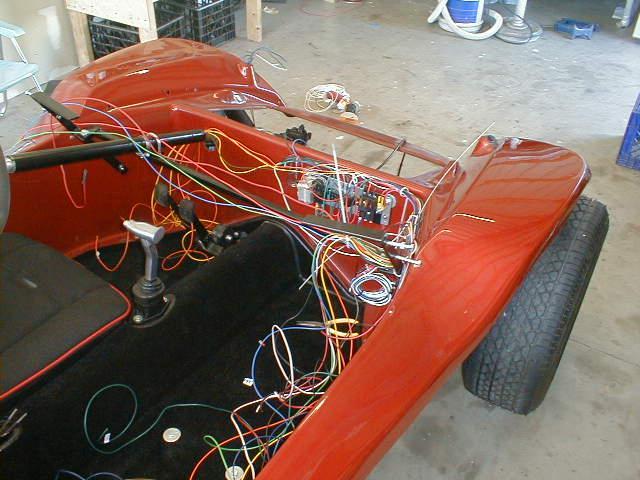Scar0B2150
Bronze Member
No damage method I used to add power for my 3rd function was to disconnect battery, then disconnect the Molex I wanted source from. I then removed the pin from the Molex connector I wanted to add the Aux wire into. Usually the pin is just crimped to the end of the wire. I open the crimp, solder new wire onto OEM wire, reinsert into the pin and re-crimp(sometimes you can just wire wrap the new wire around the OEM bare wire and solder, saving the step of opening up the crimp). Push the pin back into the Molex plug making sure it locks in. Put some dielectric grease in the back where the wires come out. Plug Molex connectors back together and its done.
To make a 3rd, fourth addition; You can use any of the aforementioned methods using solder or crimp using the new(not OEM) wire. Provided the circuit/wires can handle the draw.
Always use heat-shrink tubing to protect the splice if at all possible.
Do not use the "tap" connectors anywhere they may get damp. But also realize that if used in a dry area the different metal compounds will react to each other and eventually corrode. This is true of all crimp type connections as well, if the metals in them are different from the wire.
So my preferred method is solder and use shrink tube that has "heat activated" glue inside to make it water tight.
To make a 3rd, fourth addition; You can use any of the aforementioned methods using solder or crimp using the new(not OEM) wire. Provided the circuit/wires can handle the draw.
Always use heat-shrink tubing to protect the splice if at all possible.
Do not use the "tap" connectors anywhere they may get damp. But also realize that if used in a dry area the different metal compounds will react to each other and eventually corrode. This is true of all crimp type connections as well, if the metals in them are different from the wire.
So my preferred method is solder and use shrink tube that has "heat activated" glue inside to make it water tight.
Last edited:






